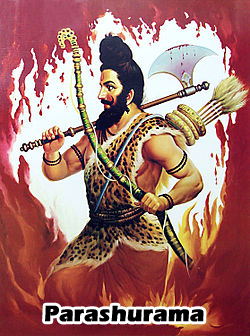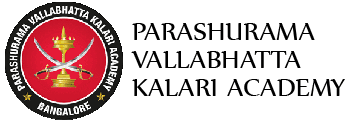
Many martial arts in India have been forgotten due to neglect and lack of proper documentation of their existence but kalaripayattu has stood the test of time. During the 13th and 16th centuries, the art gained dominance and was incorporated into many religions as well. It was customary in Kerala to have all children above the age of seven to obtain training in kalaripayattu. Martial arts in India were considered as a code of life for many. However, during the British occupation, martial arts in India suffered major set backs. The ruling British objected to the tradition of training with and carrying arms. Laws were passed and were implemented with zest to prevent the people from practicing and training in kalaripayattu. These laws were put in place by the British to quell the chances of any form of mutiny or rebellion among the natives. But the British had underestimated the love of martial arts in India and kalaripayattu was secretly practiced and kept alive during the colonial occupation of India by the British. The art was practiced by people in rural areas to avoid an confrontation with the authorities. Thus, one of the main martial arts of India survived the dark times where curbs were imposed on its practices. On being declared independent, martial arts in India were in vogue again as they could now be practiced without hesitation. Lost glory of kalaripayattu was regained slowly and steadily. Many movements and postures in the art of kalaripayattu are believed to be inspired by the raw strength of animals and are also named after them. There is a strong belief that this art was developed in the forests when hunters had observed the fighting techniques of different animals.

Shiva was said to have taught Parasurama, the art of Kalaripayattu, which arised itself out of Shiva's war with his Father-In-Law Daksha, one of the Prajapatis or 'Lords Of Creation'. Later, Parasurama taught his 21 disciples the art of Kalaripayattu, and then opened 108 Kalari (school's/gymnasiums) around the Kerala region, Southern Indian state.
There are no records that chronicle the historical origins of Kalaripayattu, only narrative accounts formatted as myth and legend. Most of these credit Kalari's origins to Lord Shiva, one of the three principle Gods of the Hindu pantheon. Shiva has many aspects, he is depicted as moral and paternal, also called, the Lord of Time(mahakala), the 'Destroyer' of all things. He is the Yogeshwara who dwells in Kailas, deep in the meditation that maintains this very existence.
